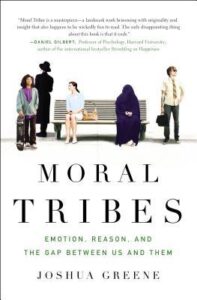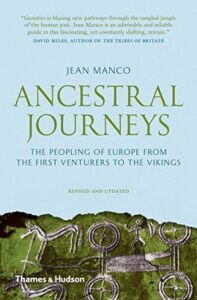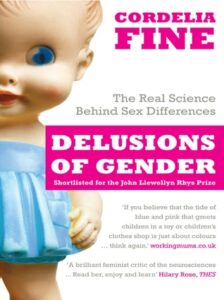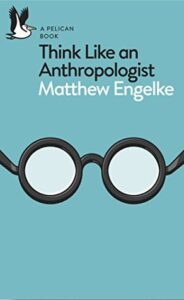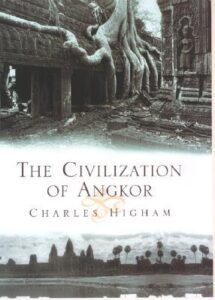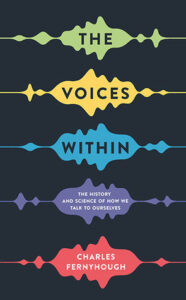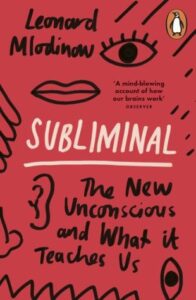 Think Again: How To Reason and Argue, Walter Sinnott-Armstrong
Think Again: How To Reason and Argue, Walter Sinnott-Armstrong
I always meant to take the Coursera class this is based on, but I never quite got round to it, so when I saw it’d been made into a book, well, that seemed likely to be a format that would work for me (and wait for me to get round to it, though as it happened, it didn’t have to wait long). I think it does have some good suggestions and some good analysis of ways to argue, but there are a couple of things I find difficult.
One is the claim that the world is increasingly polarised and things were better, people were more polite, in ye olde days of yore. Sure, it’s very clear that the discourse has changed, and Sinnott-Armstrong does have the receipts to show that we are more polarised in terms of our political view. On the other hand, I have a hard job seeing that as just a symbol of our current times: countries have been split by civil war before. People haven’t always been more polite or known how to argue or how to disagree civilly, and maybe the less-polarised times he’s holding up as a better time had their own problems (like people feeling unable to express their opinions, perhaps even feeling unsafe to do so, in the cases of a lot of minorities).
The other thing is the way Sinnott-Armstrong pushes always being civil, always giving the other person the benefit of the doubt. On the one hand, it feels like the right thing — I would love more civility in debates. But there are some views which are legitimised by being engaged with, and there are some things that are indefensible. Now it’s true that he does say that it’s not always the time to argue, but it really wasn’t clear to me that he understood the position his insistence on civility and hearing both sides would put some people in: debating with someone who believes that it’s simply a fact that they and everyone like them should be cleansed from the world, and asking them why, charitably reframing their argument… Ew. No. It comes across as very “good people on both sides”, and it’s not true.
Perhaps it’s a fault of it being a rather short book and limited space, but given he’s constantly framing the issue in terms of the political divide in the US, I wonder. I don’t feel that he quite gets out of it by simply stating that sometimes it isn’t the right time to argue. Maybe it’s just a matter of saying that you just can’t argue productively with some people/views, and he’s automatically discounting those right away. It didn’t feel like it, though, with some of his examples.
The book did make me want to try debating more instead of constantly either passing arguments by or dismissing people as too biased to bother. I do think it could be pretty useful when both parties are willing to argue in good faith. I doubt it’ll be an antidote to political polarisation right now, though, for most people — I think for many people, the other side (whichever that is) just isn’t willing to talk anymore. There’s too much at stake, and it’s too exhausting.
Rating: 3/5
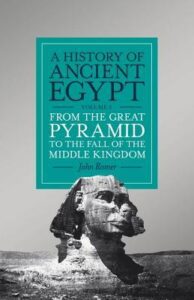 A History of Ancient Egypt: From the Great Pyramid to the Fall of the Middle Kingdom, John Romer
A History of Ancient Egypt: From the Great Pyramid to the Fall of the Middle Kingdom, John Romer
